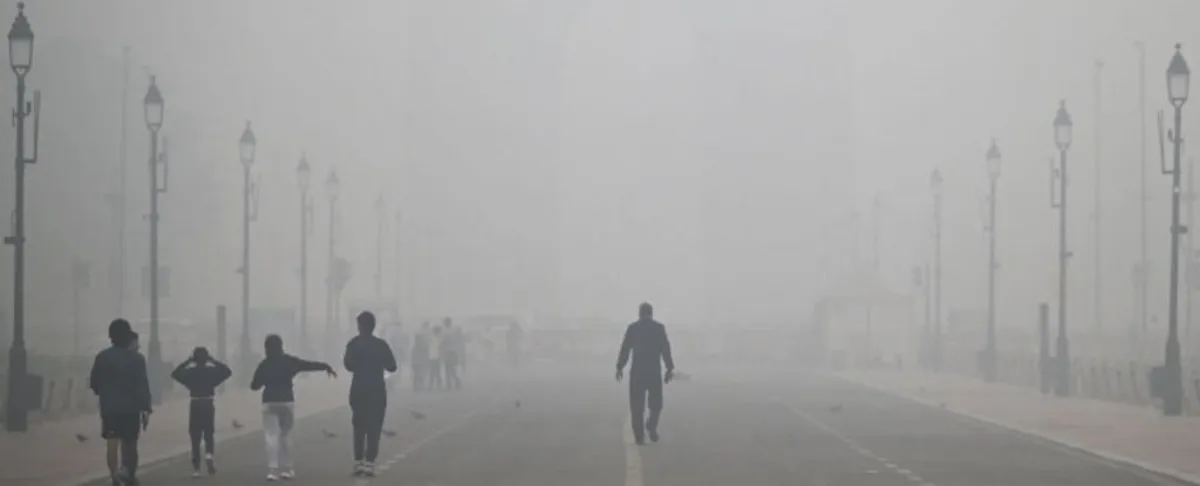
Lung cancer cases are increasingly being diagnosed in non-smokers globally, raising concerns about potential environmental factors contributing to this alarming trend. Recent research suggests that air pollution could play a significant role in the development of lung cancer in individuals who have never smoked. A genome study has revealed a strong association between outdoor smog and soot and DNA mutations typically linked to lung cancer, including those commonly found in smokers, as well as new mutations specific to non-smokers.
The extensive study analyzed the cancer genomes of 871 individuals from four continents, all diagnosed with lung cancer despite a lifetime of not smoking and prior to receiving any cancer treatment. Findings indicated that those residing in areas with high levels of air pollution were significantly more likely to exhibit mutations in the TP53 and EGFR genes, along with shorter telomeres. These genetic abnormalities are characteristic of lung cancers, particularly those associated with the SBS4 DNA mutation, while shorter telomeres are often linked to accelerated aging.
Notably, the research showed that non-smokers living in regions with elevated air pollution were nearly four times more likely to present SBS4 signatures compared to their counterparts in cleaner air environments. In contrast, exposure to secondhand smoke, while recognized as a cancer risk, resulted in only a slight increase in genetic mutations. According to geneticist Tongwu Zhang from the US National Cancer Institute (NCI), the mutagenic effect of secondhand smoke might be too weak to detect with current methodologies, emphasizing the stronger link between air pollution and tobacco smoking to DNA mutations.
In the United States, approximately 10 to 20 percent of lung cancer cases occur in individuals who have never smoked or have smoked fewer than 100 cigarettes in their lifetime. While scientists have long hypothesized about the impact of air pollution on lung cancer development, the exact comparison between fine particulate matter in the air and tobacco smoking remains ambiguous. Some studies imply that inhaling polluted air could be equivalent to smoking a pack of cigarettes daily; however, these conclusions are mainly based on observational analyses.
The current study sought to delve deeper into the molecular mechanisms underlying lung cancer by comparing the genomes of non-smokers with tumors from 345 smokers to identify similarities and differences. The majority of non-smokers with lung cancer had adenocarcinomas, the most prevalent lung cancer type, with nearly 5 percent of these tumors exhibiting the SBS4 mutational signature. Additionally, 28 percent of non-smokers showed a novel mutational signature called SBS40a, which was not identified in tobacco smokers. The cause of this unique mutational driver remains unknown and does not appear to be environmental in nature.
Despite the study's reliance on regional air pollution levels, which limits the ability to assess individual exposure to fine particulate matter, the findings align with growing evidence that suggests soot or smog may initiate tumor growth similarly to chemicals found in cigarettes. Epidemiologist Maria Teresa Landi from the NCI highlights that this is an urgent global issue that needs further investigation, particularly concerning non-smokers. The research team aims to expand their study to include a more diverse and global cohort of cancer genomes, which could provide deeper insights into the relationship between air pollution and lung cancer.